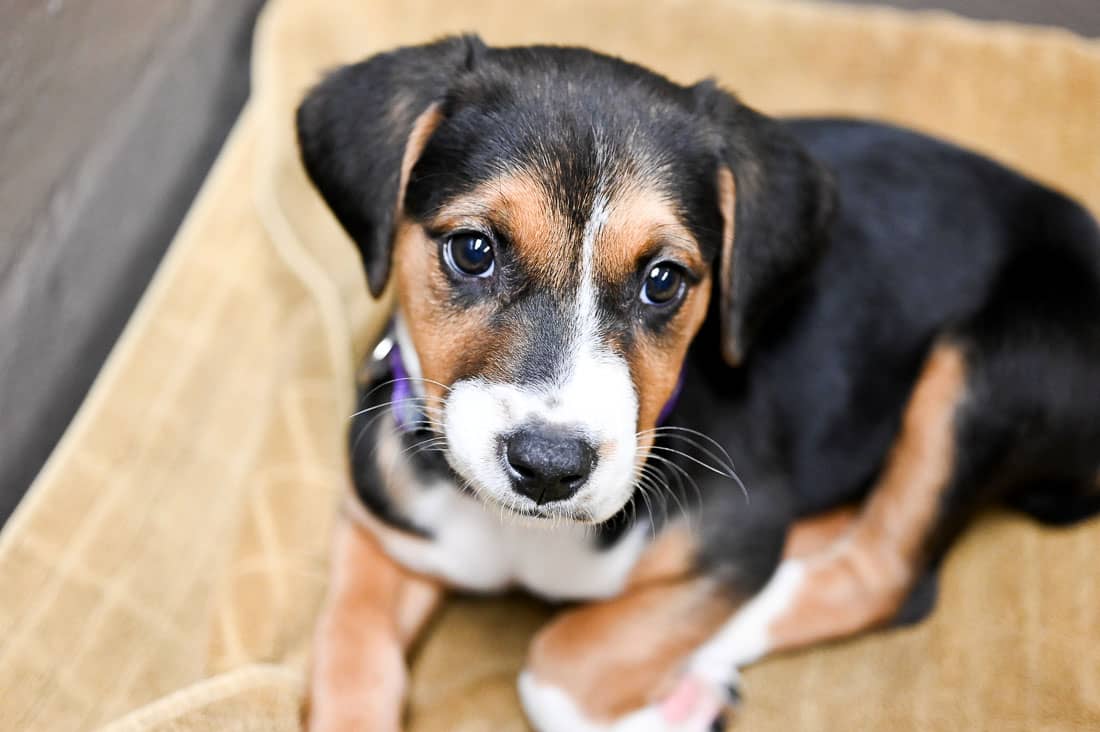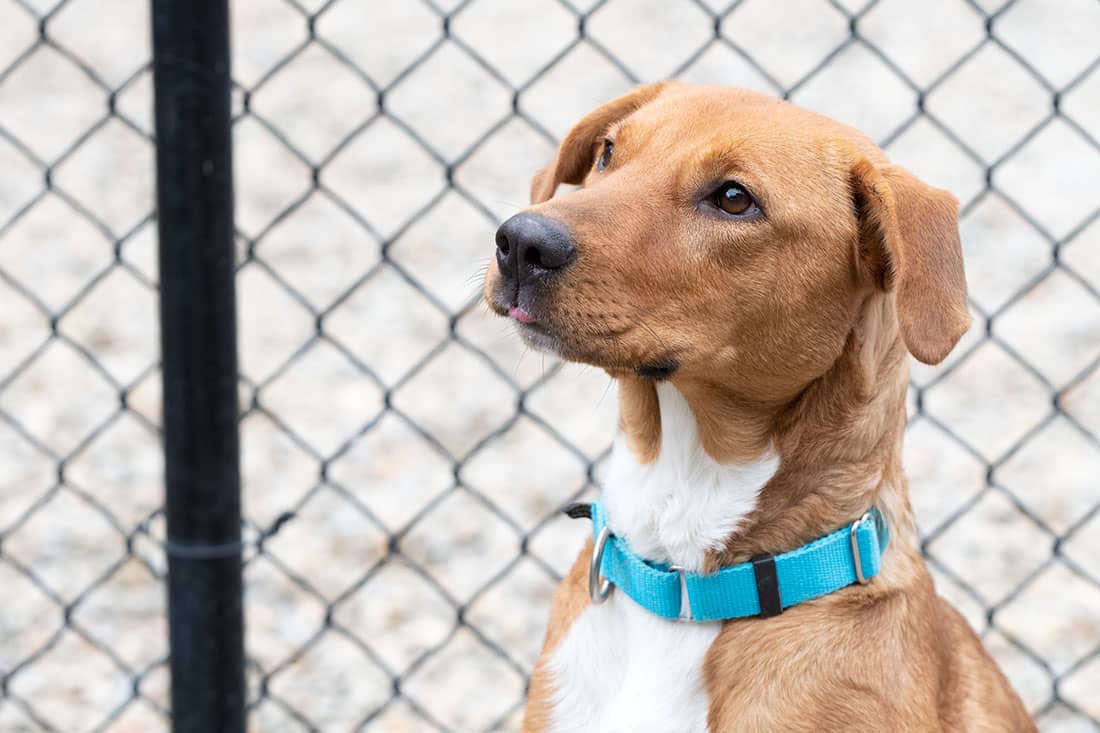Understanding Dog Body Movement Throughout Dog Training
Wiki Article
Important Tips for Successful Dog Training: An Overview for Family Pet Owners
Effective pet dog training is a complex process that requires a strategic method tailored to both the pet dog's character and the proprietor's goals. Recognizing just how to navigate these barriers can substantially enhance the training experience, ultimately changing the connection in between owner and pet.Understanding Canine Behavior
Understanding pet dog habits is necessary for effective training and promoting a harmonious connection in between dogs and their proprietors. dog training. Dogs communicate mainly with body language, vocalizations, and actions, making it vital for proprietors to analyze these signals properly.
Socializing plays a considerable function in canine actions; direct exposure to numerous atmospheres, people, and other pets can dramatically influence a pet dog's character. Variables such as type characteristics and private temperament ought to guide training approaches, as some breeds might have certain behavioral attributes that require tailored approaches. By recognizing these elements, proprietors can create a helpful atmosphere that encourages favorable behavior, causing successful training results and a deeper bond with their family pets.
Establishing Regular Commands
Effective interaction with your canine starts with establishing constant commands. This foundational element of training is important for fostering understanding between you and your pet dog. Consistency in the commands you utilize guarantees that your pet can reliably connect details words or phrases with the wanted behaviors.When choosing commands, pick clear, distinct words that are simple to claim and distinguish from one another. Stay clear of making use of similar-sounding commands that may puzzle your pet. For instance, using "sit" and "remain" is appropriate, however "rest" and "struck" can cause misconceptions.
Additionally, preserve the very same tone and volume for each and every command. Dogs are sensitive to vocal cues, so varying your tone can produce complication.
It is equally important to guarantee that all family participants get on the same web page pertaining to the commands made use of. A united front in command usage will protect against blended signals and strengthen the discovering procedure.
Positive Support Methods
The power of positive reinforcement in dog training depends on its capability to encourage desired behaviors via benefits and appreciation. This method is grounded in the concept that habits followed by desirable results are most likely to be repeated. By including positive reinforcement right into your training regimen, you can properly shape your pet's habits in a constructive fashion.To carry out favorable reinforcement, it's vital to recognize what inspires your dog, whether it be deals with, playthings, or verbal appreciation. When your canine performs a preferred activity, such as sitting on command, quickly award them with a reward or affection. This organization in between the command and the positive result reinforces their understanding.
It's vital to timing the rewards properly; supplying the support within seconds of the wanted behavior assists your pet make the connection (dog navigate to these guys training). Furthermore, uniformity is vital-- make certain that all household participants use the exact same commands and incentive systems to avoid confusion

Slowly, you can reduce the frequency of treats as your pet dog finds out the actions, transitioning to commend or intermittent benefits. This approach not just cultivates a solid bond between you and your pet but also promotes a positive knowing setting, making educating a pleasurable experience for both.
Socialization and Interaction
Constantly revealing your pet to a variety of environments, people, and other animals is essential for their social development. Socialization ought to begin early, ideally during the critical window of 3 to 14 weeks, when young puppies are most responsive to new experiences. Older pet dogs can also benefit from recurring socializing initiatives.Present your dog to different settings, such as parks, pet-friendly shops, and city locations. This exposure assists them adapt to various stimuli, reducing anxiousness and anxiety feedbacks. Urge favorable communications with other dogs and individuals, guaranteeing that these encounters are controlled and safe to cultivate self-confidence.
Use organized playdates with genteel canines, as this can boost your pet's social skills and teach them proper behavior. Obedience courses and training sessions also provide exceptional opportunities for socializing, allowing your pet dog to interact with others in a monitored atmosphere.
Display your canine's body movement during interactions, as this will certainly help you evaluate their convenience level. Progressively raise direct exposure to even more challenging scenarios while read review ensuring that each experience declares. A well-socialized pet is more probable to exhibit well balanced actions, making them a delight to have in any type of setup.
Dealing With Usual Training Challenges
Every canine proprietor will certainly experience training obstacles at some time, no matter their pet dog's age or socializing level. Determining usual issues such as stubbornness, diversions, and terror can aid in developing efficient strategies for improvement.
Diversions throughout training sessions can thwart emphasis. To battle this, begin training in a silent atmosphere with marginal stimulations. Progressively present disturbances as the canine comes to be extra efficient in commands. Short, frequent training sessions are also effective in preserving interest.
Fearfulness can impede a pet dog's discovering process. Gradual desensitization to the resource of concern, paired with positive support, can assist ease stress and anxiety. Patience is crucial; never force a pet right into a situation that creates distress, as this might worsen the concern.
Eventually, understanding and dealing with these usual difficulties with a structured approach will cultivate a much more productive training experience, reinforcing the bond between dog and proprietor while advertising efficient learning.
Verdict
In recap, successful pet dog training relies on an extensive understanding of canine actions, the establishment of regular commands, and the application of positive support techniques. Socialization plays an essential duty in developing well-adjusted pet dogs, while dealing with usual training challenges calls for patience and flexibility. By implementing these necessary techniques, pet dog proprietors can promote a solid bond with their canines and advertise preferable behaviors, eventually resulting in an unified relationship between people and their canine friends.Understanding dog actions is essential for efficient training and cultivating an unified relationship between canines and their proprietors.Socializing plays a significant function in pet dog actions; exposure to numerous environments, people, and various other pets can significantly affect a pet dog's character.The power of favorable support in dog training lies in its capability to motivate desired habits via incentives and appreciation. By including positive reinforcement right into your training regimen, you can efficiently shape your pet dog's habits in a positive way.
In summary, successful pet dog training relies on a thorough understanding of canine habits, the establishment of regular why not try this out commands, and the application of positive reinforcement strategies.
Report this wiki page